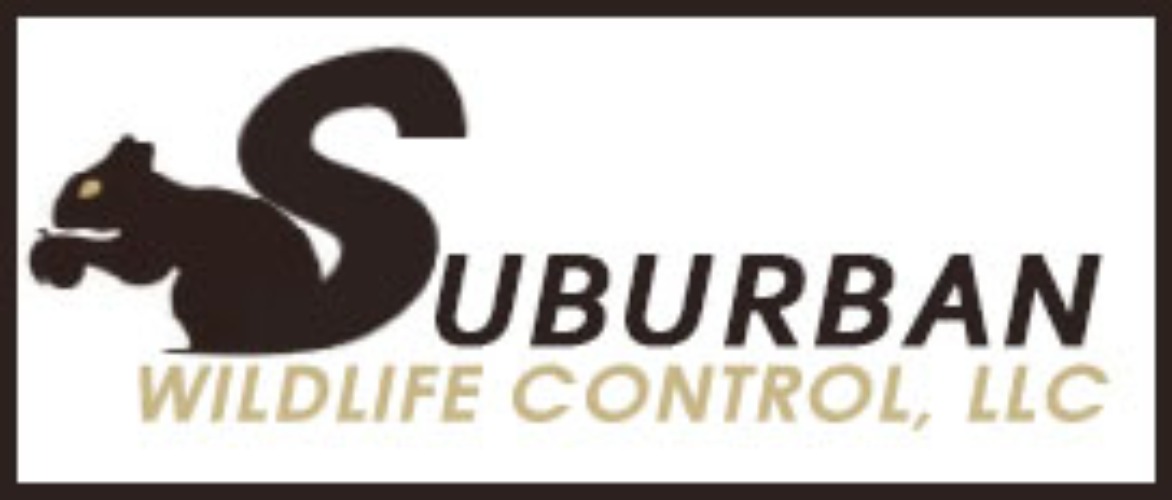Health and Safety
Understanding & Preventing Pest Diseases
Pests are more than intrusive and destructive — they can be downright dangerous, especially when it comes to your health. Many animals and insects carry diseases that can cause serious illness and even death. It's important to understand what kind of threat your home or business's infestation poses, so reach out to Suburban Wildlife and Pest to schedule an inspection. You can also read below for general information about common pest diseases in Windham, NH, parasites, and types of structural damage.
Wildlife
Diseases
Zoonotic diseases, or "zoonoses," are illnesses that people can catch from wildlife or wildlife den sites. When humans share the same den site or living space with wildlife, the potential for the spread of zoonotic disease increases. There are many disease-related risks that, left untreated, can lead to serious or even fatal health issues. Some examples include:

Disease transmission varies by animal. For example, rabies is normally transmitted via the saliva of the infected animal (bite or scratch), or when spinal cord fluid or brain matter comes in contact with a human. There's also evidence that rabies may be transmitted via air (inhaling) in caves that bats have occupied for many years. In contrast, Lyme disease is exclusively transmitted through tick bites. Histoplasmosis, an airborne disease, is caused through inhalation of fungal spores frequently found in bat and bird droppings.
- Rabies
- Raccoon Roundworm
- Histoplasmosis
- Toxoplasmosis
- Hantavirus
- Mange
- Distemper
- Lyme Disease
When it comes to preventing zoonotic disease transmission, you should never handle wildlife, even if you think the animal is injured or orphaned. Additionally, never allow pest animals to build strongholds in or around your property. Always defer to wildlife professionals when animals need to be captured or handled. They have the training and equipment needed to handle wildlife safely and minimize animal stress.
Parasites
Most wild animals carry parasites. Some parasites, in turn, carry diseases. Many are very prevalent here in New England (deer ticks carry Lyme disease, for example). Other famous parasite-disease connections include rodents, fleas, and the bubonic plague. Just a few of the most common parasites include:
- Ticks
- Fleas
- Bat Bugs
- Mites
- Lice
Typically, problems arise between humans and parasites when a high population of pest animals moves onto your property, or immediately after an animal has been evicted. A high population of animals typically correlates to a high population of parasites. When the animal is evicted, their main host is no longer available; thus, they will migrate to the next available host: humans.

The key to preventing insect disease transmission is to be proactive in preventing wild animals from intruding into your living space. The quicker these animals are evicted or removed, the lower the chance for parasite infestation becomes.
Structural Damage
Unfortunately, wildlife has no regard for your property. Wild animals chew wires, build nests in ducts, die behind walls, use your home as a toilet, and chew openings to enter your home or business. Squirrels are responsible for millions of dollars of damage to electric companies annually. Pigeons cost municipalities and private corporations thousands of dollars from droppings soiling property and people. Homeowners typically experience damage when squirrels or bats enter the attic to stay warm, or to raise their young. Attic insulation is regularly soiled and ruined by wildlife fecal material.
When wildlife moves into a building, removing them isn't the only financial cost you'll face. In most cases, you'll also be saddled with the damage repair costs. A member of our team once responded to a severe squirrel call. The animal in question had chewed electrical wires, and as a result, electrified the metal roof of the building. In extreme cases, fires may ignite in the building, resulting in a total loss. Again, the formula to prevent all the above is to be proactive if you suspect wildlife is entering or using your property.
Insects
Diseases
Cockroaches, fleas, bees, and other problem insects are known to carry many pest diseases. Cockroaches spread disease-producing organisms like bacteria, protozoa, and viruses to food and eating utensils as they forage around your kitchen. Different kinds of food poisoning, dysentery, and diarrhea are all principal diseases transmitted by cockroaches.

Allergies
Many people are allergic to bee, hornet, and wasp stings, which can cause anything from localized swelling and itching to nausea, diarrhea, and dizziness. Severely allergic individuals can also go into anaphylactic shock.
Bed bugs can cause itching and make sleeping difficult. Sometimes the itching can lead to excessive scratching, which in turn can increase your chances of developing a secondary skin infection.
Structural Damage
Many types of insects can cause structural damage to your home or commercial property. Carpenter ants are probably the most notorious examples of insect-related property damage. They are capable of damaging any wood in which they nest. They can burrow through the wood framing of your home or business, costing thousands of dollars in repair work and severely weakening the building structure.

